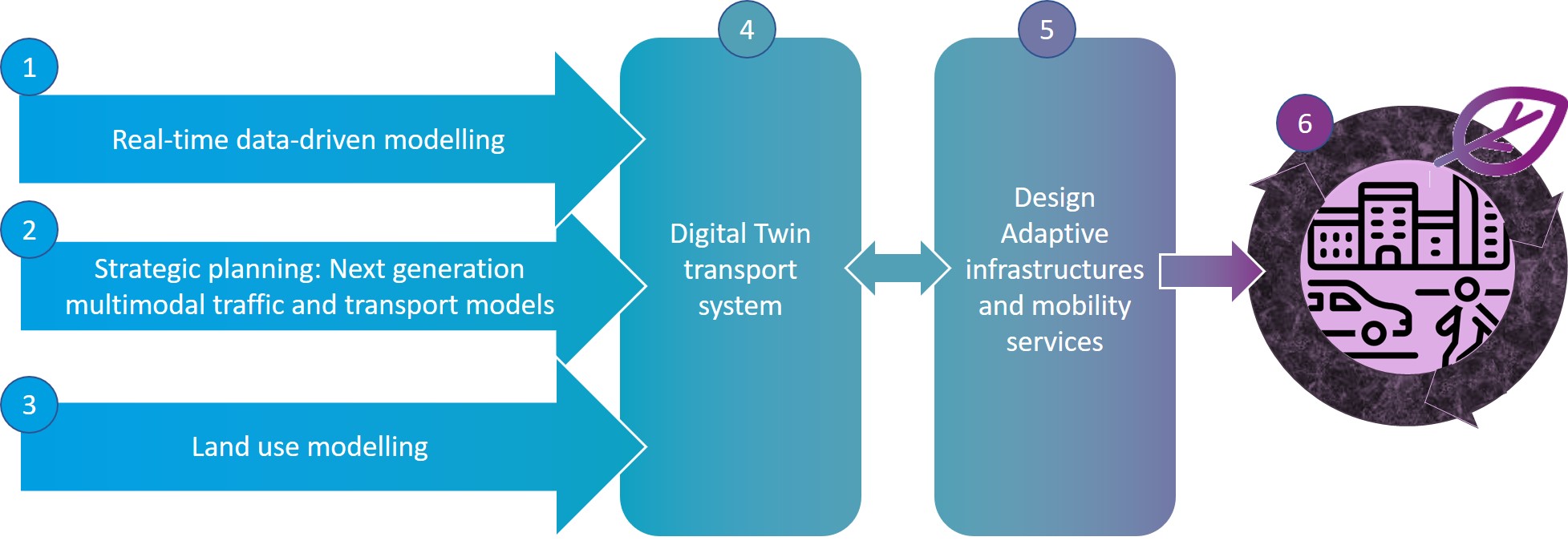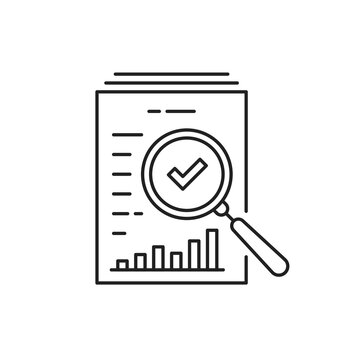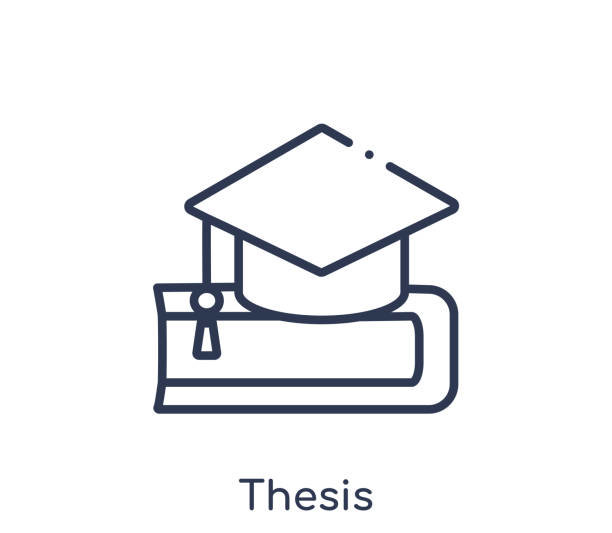Research output
The SUM lab aims to help stakeholders with the development of sustainable, inclusive and accessible urban regions (6). To this end, research takes place along 5 research lines (1 to 5) as shown below.
1. Real-time data-driven modelling: the SUM lab works closely with different transport policy makers and public/private transport operators and infrastructure companies and has access to many data sources. In addition, we work closely with TU Delft base data center (https://www.tudelft.nl/covid/projects/mobilitydashboard) that provides information on roads, bikes, parking spaces and mobility behavior of students on campus. This collaboration paves the path to share data from field tests and sensing technologies so that decision-makers can address a wide range of urban mobility problems with the best information available to them. The focus in on introducing data-driven and choice-based resolution approaches that can better match supply and demand to use the available resources (space and infrastructure) in an efficient way.
2. Next generation traffic and transport models: to assess the societal impact of investments in infrastrastructure, vehicles and transport services including automated, connected and electric/hybrid vehicles, Mobility as a Service, shared vehicles, share rides and micromobility, a next generation of traffic and transport models is needed. We aim to develop agent and activity-based models coupled with explorative methods to deal with uncertainties in these technological developments.
3. Land use modelling: land use (e.g locations of houses and firms), determines the need for transport. The resulting accessbility of regions, also determines spatial development. Therefore, SUM Lab focuses on the development of aggregated and disaggregated Land Use Transport Interaction models (LUTI).
4. Digital Twin transport system: the SUM Lab focuses on the development of digital twins to support decision-makers with spatial planning, infrastructure planning and trraffic management. A digital twin is a digital and real-time replica of reality that brings all the data and models from research line 1-3 together and updates itself from multiple sources to represent its physical counterpart. For more information see: Digital twins: replica’s van mobiliteitssystemen – NM Magazine (nm-magazine.nl) (in Dutch).
5. Design adaptive infrastructures and mobility services: The SUM lab uses digital twins in combination with advanced multi-cfriteria multimodal optimization methods to design adaptive infrastructures ans mobility services. Multi-criteria in the sense that multiple objectives from different stakeholders with respect to inclusiveness, accessibility, safety, sustainability, resilience and livability are considered.



